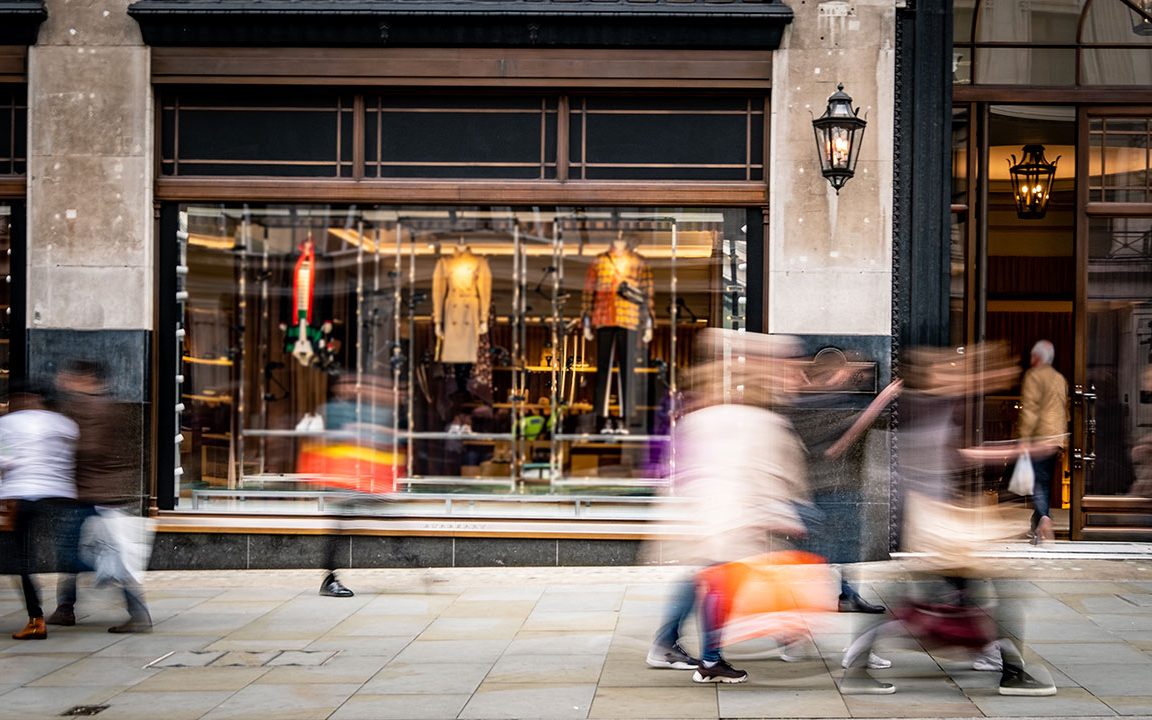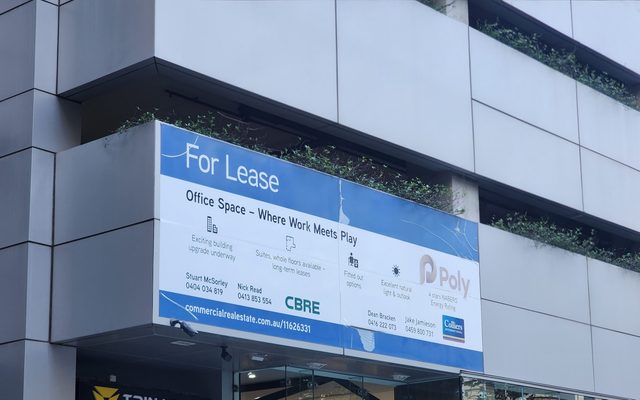This article is from the Australian Property Journal archive
CONSUMER spending remained flat throughout July, as discretionary spending dwindles and business costs and inflation remain elevated.
According to the latest data from the ABS, Australian retail sales were stable over July up 2.3% from the same month in 2023.
With July’s retail spending totalling $36.1 billion across the country, compared to $35.3 billion in July 2023.
“Last month, Australians continued to shop on price and value as we saw in the End of Financial Year Sales. Households continue to prioritise essentials like food but also focused on small personal luxuries – cosmetics, sports and recreational goods,” said Paul Zahra, CEO at Australian Retailers Association.
“This remains one of retail’s most difficult years – with a continued slowdown in discretionary spend, high business costs and inflation along with ongoing challenges such as retail crime, supply chain disruptions, and the most significant workplace relations reforms in decades.”
This comes after the ABS June quarter retail trade data revealed Australia’s retail sector has effectively been in recession for the last 18 months, according to Deloitte Access Economics’ latest Retail Forecasts.
Over the month, “other retailing” saw the greatest annual growth, up 5.5%, followed by food with 3.2% growth, household goods up 1.5%, clothing, footwear and accessories up 0.5% and department stores up 0.1%.
On the other hand, cafes, restaurants and takeaway services were down 0.3% year-on-year.
“The softness in retail sales last month suggests downside risks to the outlook for household consumption this year. Retail sales remained unchanged in July, in contrast to the modest pickup that most had anticipated,” said Abhijit Surya, economist at Capital Economics.
“Moreover, a look under the hood suggests paints an even weaker picture of consumer spending. Indeed, food retailing was the only industry which saw a rise in turnover. In fact, spending fell outright across three of the six industries, while it was flat in the remaining two.”
On a month-by-month basis, food was the only category to see growth, up by 0.2%, with other retailing and household goods flat.
But cafes, restaurants and takeaway were down 0.2%, department stores were down 0.4%, clothing, footwear and accessories were down 0.5%.
July also held on to the gains made during EOFY sales in May and June, with 1.0% of growth made over the last three months.
“However, even that represented a step down from the 0.5% increase seen in June. Overall, it’s clear there was little momentum behind consumer spending at the start of the quarter,” added Surya.
“And while it is early days, the data broadly reinforce our view that Australian households are not rushing to spend their newfound tax cuts.”
By state, NSW saw the most spending in July up 1.2% to $11.19 billion, followed by Victoria up 2.3% to $9.31 billion and Queensland up 3.3% to $7.45 billion.
While was WA up 4.6% to $4.13 billion, SA up 4.2% to $4.32 billion, Tasmania up 2.6% to $0.717 billion, ACT up 0.9% to $0.67 billion and NT up 4.7% to $0.33 billion.
“Whilst there is great resilience within retail, we know there are many businesses in the sector especially small businesses. The ARA continues to call for a targeted government support for vulnerable retailers who contribute to the nation’s $420bn retail sector,” added Zahra.
“Discretionary retailers will be counting on the peak season ahead to replenish their cash reserves. Major shopping events in coming months include Halloween, Black Friday and Cyber Monday and the festive period, which will hopefully provide a much-needed boost to the industry.”




